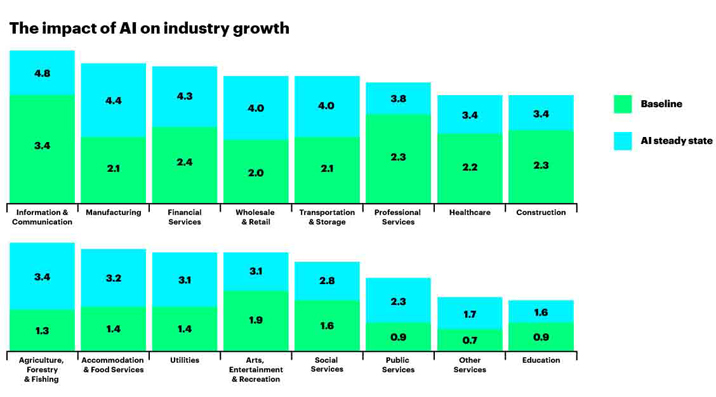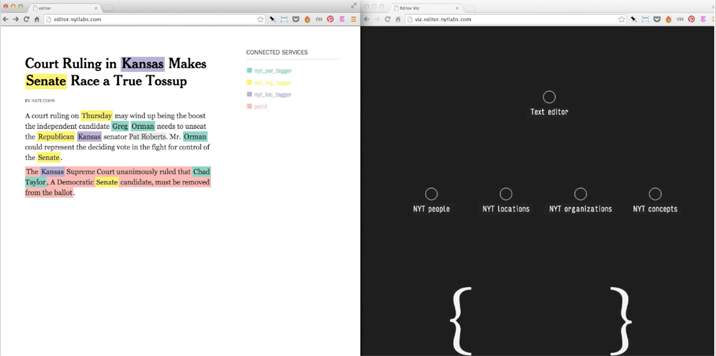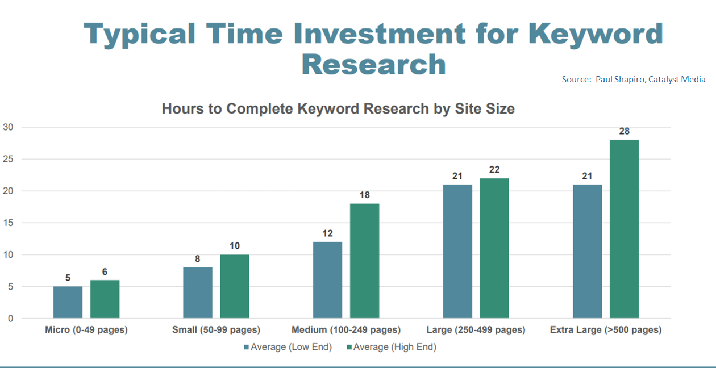
AI has crawled its way into the media industry, where it is beginning to make a huge impact. It is, step by step, revolutionising content development, user experience, video workflows, SEO, digital marketing, and lots more.
Some of the big players in the media industry, such as the BBC or the New York Times, recognised this a little while ago. Those big players are already harnessing the power of AI to some extent. For the most part AI is used by them in content development and publishing, which is saving a huge amount of cost.
I believe that the hype that still surrounds AI prevents many publishers from identifying the areas where it can simply and cost-effectively solve many of the challenges they are currently facing.
That’s why in this article I want to explain what AI means for publishers and how they can benefit from it.
I’ll cover:
- What does AI mean?
- Editorial work and AI
- AI in content discovery
- AI in content creation
- AI in content publishing
What does AI mean?
Since there is a lot of buzz going on about it, I want to make sure that we are on the same page and you fully understand what AI actually means.
AI or Artificial Intelligence is a subset of computer science. It is concerned with building smart machines and systems that are capable of performing a task that would usually require human intelligence.
Machine Learning
When it comes to Artificial Intelligence there are two buzzwords everyone is talking about: ‘machine learning’ and ‘deep learning’.
Machine-learning algorithms use statistics to find patterns in massive amounts of data. And data, here, encompasses a lot of things – numbers, words, images, clicks. If it can be digitally stored and fed into a machine-learning algorithm.
Video streaming platforms, for instance, use this technology to recommend new videos to users. Machine learning requires lots of mathematics and code to perform as requested. Most of the time this procedure doesn’t work simply because there is not enough data available.
Deep Learning
It becomes really interesting when computers learn new tricks. When this happens, we are talking about deep learning. Deep Learning is a subfield of Machine Learning.
Whereas in machine learning, a programmer has to intervene in order to make adjustments, in deep learning, the algorithms themselves determine whether their prognosis is right or wrong. This technique basically learns by experience.
Deep learning can be seen in driverless cars where they can study their environment over time and make decisions based on their experience. Some deep-learning models specialise in streets signs while others are trained to recognise pedestrians.
That all sounds super exciting, but why should editorial teams be interested in this kind of technology?
Artificial Intelligence impacts the media industry significantly. Based on an Accenture report, the information and communication sector is the biggest beneficiary of AI. Despite this, only a few media organisations have realised the potential AI offers to the sector.

Editorial work and AI
The impact of AI ranges from content creation, user experience, SEO, and digital marketing. In sum, it has the potential to enable your content editors and creators to be way more productive, creative, and efficient.
Nowadays, editors have a multitude of other tasks in addition to their main tasks of research and writing.
AI can take over those mundane actions that your editors probably tend to find kind of annoying anyways. For example, keyword research, performance optimisation and distribution.
This will allow content creators to refocus on their core competencies.
I want an editor to be creating an idea – developing it through images, or developing it through words, or developing events, or video or other alternatives, and I want them to be doing that in its purest form.
Jon Watkins, Media Consultant
In the next sections, I’ll show how Content Intelligence can help editorial teams based on real use cases.
AI in Content Discovery
To find the right topics to write about is one of the biggest challenges for editorial teams. However, it’s not a big challenge for Artificial Intelligence. It can, for instance, process and interpret patterns in data at a scale that is just impossible for people to replicate.
This makes it an essential complement to any content strategist, as AI can deliver the information you need to make informed decisions out of noisy, unstructured data.
The unifying thread through all of this is the fact that AI can deliver highly relevant insights automatically, at huge scale, and in a manner you can easily share with other departments in your organisation.
Without this kind of technology, you could only achieve a similar result with the support of hundreds of analysts and an unlimited budget.
Above all, AI helps editorial teams with aspects like:
- Headline insights
- Seasonal topic recommendations
- Finding hot topics related to your content domain
- Image recognition and visual search
- Audience targeting and segmentation
AI in Content Creation
Artificial Intelligence has the potential to assist your editors in the process of creating content, too. Let me give you two examples to demonstrate you what I mean by that.
Automated text tagging
When creating an article, digital journalists usually have to either rely on the automated tagging available in CMS or add tags manually.
However, there are smarter alternatives such as Editor, a self-learning interface for text editing by The New York Times. This Editor automatically tags text and creates annotation based on information gathered through a set of neural networks.

Content translation
Most international news outlets strive to win a broader audience across countries and languages. This is where translation and adaptation of the content becomes a challenge.
Despite the fact that automated translation software like Google Translate and Deepl have been out there for years, the style of the language rarely meets high journalistic standards.
Nevertheless, there is EurActiv.com, a multilingual policy news website, that has been experimenting with automated content translation since its inception.
Only two years ago, they started using an AI-powered technology by the company Tilde to streamline their processes. The system analyses tens of thousands of uploaded stories and their human-made translations to learn the language the site uses and aligns it with the official style guide.
Additional areas for AI in Content Creation
Other areas AI helps with in content creation are:
- Adding trending keywords
- Finding synonyms
- Sentiment analysis
- Grammar check
- Image recognition
- Automated reporting
- Reformatting of articles
- Content moderation
AI in Content Publishing
Traditionally, content management has been a serious issue for editors. Artificial Intelligence can be used to automate your publishing process, too.
It can reduce routine workload through automation and optimisation of linking between articles. It can also be used to optimise affiliate linking by analysing content like images, audio, video, and text. The interesting part is that Artificial Intelligence can do these tasks millions of times faster and better than any human being.
Furthermore, SEO has been playing an increasingly important role for years. Without, for example, the correct setting of metadata, your content has less chance of being found online. These SEO challenges can hardly be mastered alone. Anything that is not creative in nature can be done by AI.
The chart below shows the average amount of time spent on the crucial but sometimes repetitive task of keyword research based on the size of a particular site.

Conclusion
AI offers editorial teams many possibilities to work more efficiently. Due to the complexity of the topic and the fear that comes with new technologies, publishers are very often overwhelmed and tend to ride it out.
I think that it’s important to simply get started with using AI and see for yourself. Every company is different. Based on your experience, you can then decide if and how you want to continue using AI driven technologies. It should be a step by step approach.
Regarding the fear that AI could replace humans: human beings are still very much necessary. I believe that humans will never be substituted by software in publishing and media since creativity and art are a fundamental and irreplaceable part of creating valuable content.
Editorial teams should not to be spending time building hyperlinks, auto linking products, uploading stories. That’s what AI can do. Human writers will only be supported by AI, editorial jobs will become simpler and the average quality of our articles likely even better.
AI should be an extension of your team. It should not be your team.
Hanifa Dungarwalla, Group Digital Marketing Manager at Bauer Media
This article was first published on purplepublish.com.

About Sprylab
Sprylab was founded in 2007 by Stephan Heck and Benjamin Kolb. The company now employs more than 50 people and supports publishers in creating and distributing digital content. Clients include major media houses such as Axel Springer, TI Media, News Corp, Bauer Media and Aller Media.
Learn more about AI driven software for editorial teams.
Email: esra.celebi@sprylab.com
Website: Purple DS










